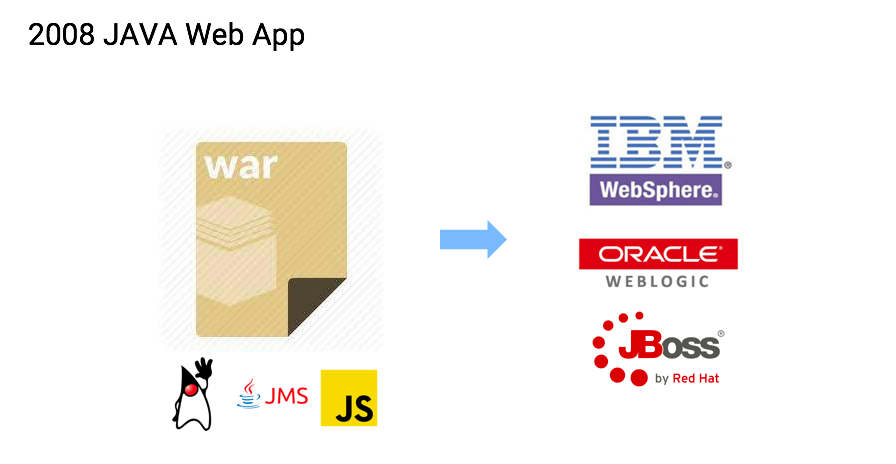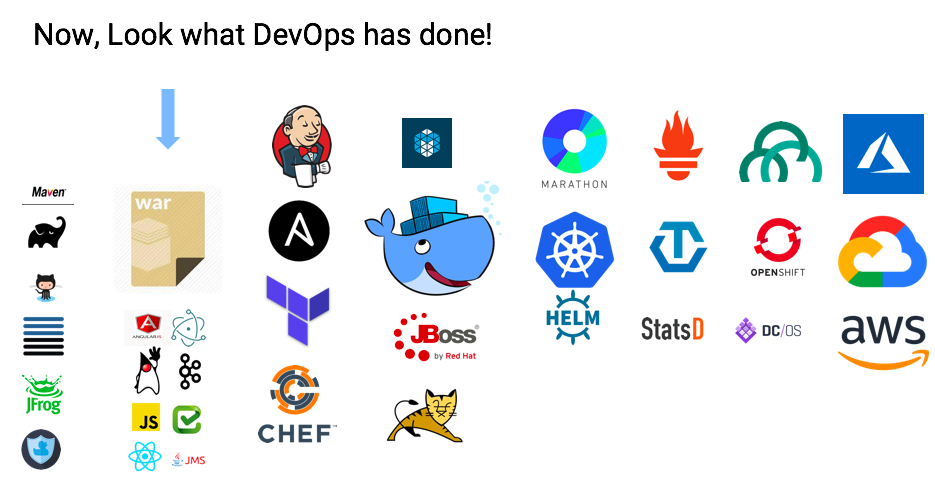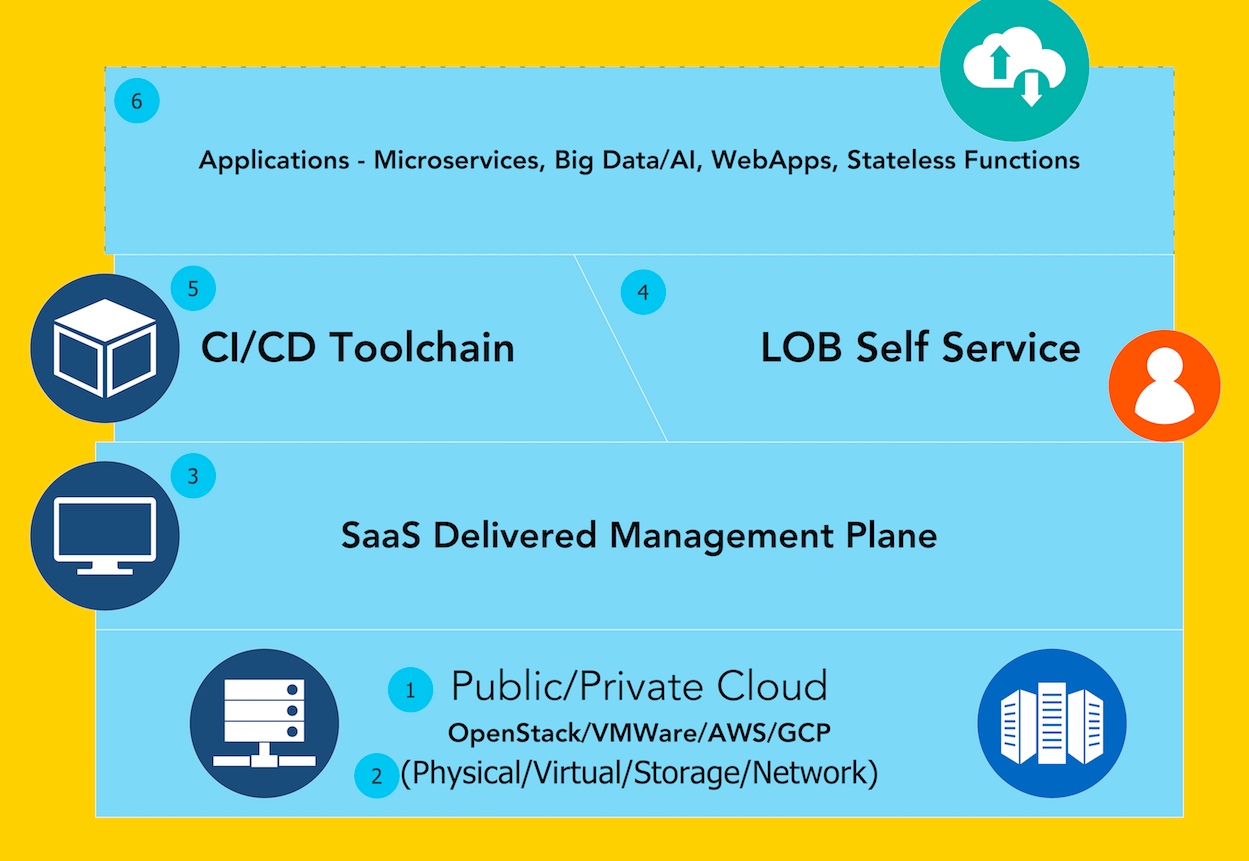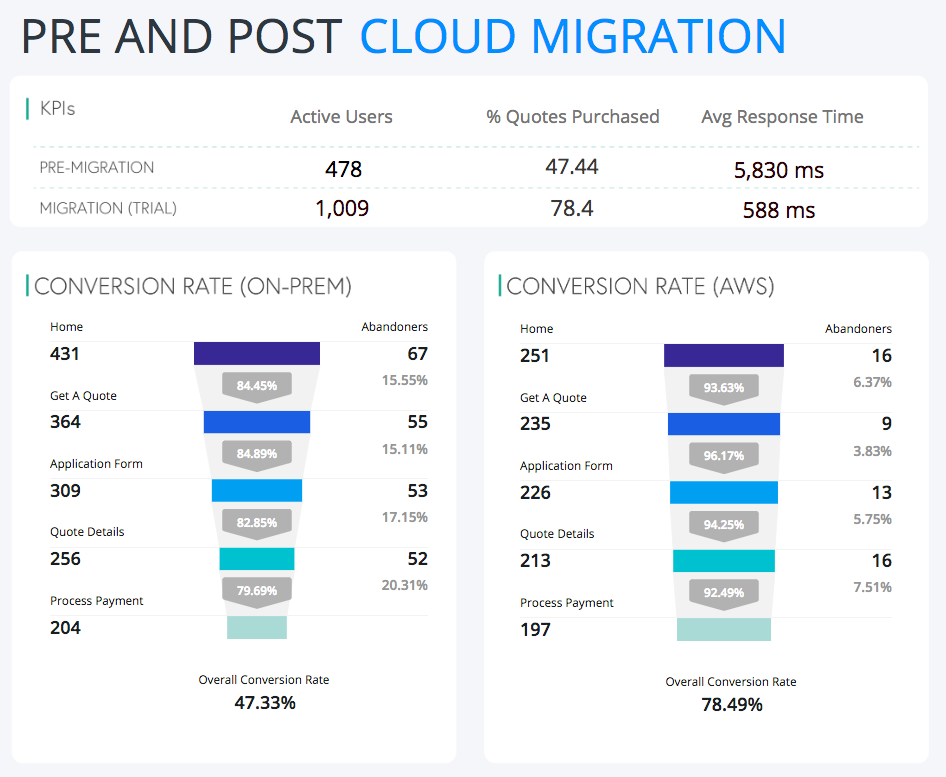
![]() This blog post originally appeared on the AppDynamics blog
This blog post originally appeared on the AppDynamics blog
Software complexity has grown dramatically over the past decade, and enterprises are looking to hybrid cloud technologies to help power their applications and critical DevOps pipelines. But with so many moving pieces, how can you gain confidence in your hybrid cloud investment?
The hybrid cloud is not a new concept. Way back in 2010, AppDynamics founder Jyoti Bansal had an interesting take on hybrid cloud. The issues Jyoti discussed more than eight years ago are just as challenging today, particularly with architectures becoming more distributed and complex. Today’s enterprises must run myriad open source and commercial products. And new projects—some game-changers—keep sprouting up for companies to adopt. Vertical technologies like container orchestrators are going through rapid evolution as well. As they garner momentum, new software platforms are emerging to take advantage of these capabilities, requiring enterprises to double down on container management strategies.
Building Applications: 2008 vs. Now
When you consider how applications were built a decade ago, today is truly an amazing time to be a software engineer. From a commercial Java standpoint, software vendors in 2008 may have released only a few variations of their application—for instance, specific WAR (web archives)—to account for differences in application servers. Fast forward to today: commercial vendors must expose entirely how the sausage is made and provide a litany of formats to deploy and integrate with CI/CD and hybrid cloud infrastructures.


Enterprises today are doing more due diligence. It’s not uncommon for enterprises to ask for source/binaries, quality/security scans, infrastructure-as-code templates, container orchestrator descriptors, and cloud vendor deployment scripts.
With enterprises needing to run a wider array of technologies, decisions must be made on where to run these workloads. The hybrid cloud allows enterprises to pick and choose which workloads and tools to run internally, and when to leverage a public cloud service.
Current Hybrid Cloud Perspective
The hybrid cloud is composed of six fundamental components, as shown in the illustration below. This diverse infrastructure spans public and private clouds to deliver a mix of VMs, containers and bare metal deployments; a SaaS-delivered management plane that guarantees 99.999% uptime; a certified catalog of applications for developers with single-click self service, and an ability to run application architectures composed of various runtimes (e.g., Tomcat, NGINX, Kafka, Istio, Spring Boot, and so on); CI/CD toolchains; line-of-business self service; and application architectures that are a mix of stateless microservices, stateful applications and serverless functions.

Challenges
In a cloud-based infrastructure, the key concerns facing enterprises include complex cloud management, overall cost of infrastructure, and the lack of a single pane of glass for metrics. These lead to pain points in Day-1 and Day-2 operations, a lack of choice for developers, slow provisioning times and overly complicated management stacks.
The Key to Hybrid Cloud Success
Success depends on your ability to quickly deliver all of the above components: a lean hybrid cloud in days and weeks, not months. With an effective strategy, an enterprise can bring together all of the six component technologies, creating a hybrid cloud that “just works.” This includes the ability for both developers and infrastructure admins to deploy applications and workloads on any underlying cloud provider, a single pane of glass across all the underlying clouds, and a robust catalog of application runtimes for developers.
Incremental Success Develops Cloud Confidence
The ability to deliver a lean hybrid cloud in days or weeks is an ambitious goal. When picking workloads to run on the private or public cloud, metrics become a crucial component of your strategy. One of AppDynamics’ core strengths is its ability to compare workloads and platforms for effectiveness. When a new application works effectively in your hybrid cloud infrastructure, you gain confidence in your investment and quickly bring additional workloads into the new model. By using AppDynamics to trace a business transaction such as user conversion, IT can easily justify where and why a workload is running in a particular segment of the hybrid cloud environment.

The Hybrid Cloud Revolution Continues
As our cloud topology marches towards cloud infrastructure nirvana, where organizations can reallocate workloads to the most prudent infrastructure provider(s)—either on- or off-prem—confidence in your hybrid cloud is crucial. Look to AppDynamics and Platform9 to help you navigate this exciting new world!



